WINTHROP — The mill complex that for more than a century was the heartbeat of the downtown has a whole new avenue to help bring it back to life.
The Winthrop Mills Company Historic District — which includes the former Carleton Woolen Mill — has been entered into the National Register of Historic Places. The designation, which indicates the property has been documented, evaluated and considered worthy of preservation and protection as part of the nation’s cultural heritage, allows the owners to tap into federal and state historic preservation tax credits and seek grants designated for historic properties.
“I wanted to get this on the National Register,” said Lou Carrier, president and chief operating officer of Winthrop Commerce Center LLC, which owns the mill complex. “It’s been such a part of Winthrop’s history.”
Earle Shettleworth Jr., state historian and director of the Maine Historic Preservation Commission, said in a release that the mill complex reflects nearly 150 years of textile manufacturing in Winthrop. The complex, which contains two separate mills and has eight total contributing historic resources, manufactured wool textiles in the larger complex adjacent to Main Street and manufactured cotton in the smaller complex on Clark Street.
Construction of the existing buildings began in 1882 and continued through the mid 1950s.
“The Winthrop Mills Company was established in 1866, and it was an important local industry employing many residents in town,” Shettleworth said. “At one time it was the largest firm in the country exclusively producing woolen bed blankets and cotton warp.”
Cotton warp is a type of yarn used in weaving.
Carrier and his three partners have owned the complex, also known as the Carleton Woolen Mill, for about 10 years. A description on the Winthrop Lakes Region Chamber of Commerce website says the building is a multi-use facility with 200,000 square feet of leaseable space and is located on 10 1/2 acres. The town has assessed the complex at $4.6 million.
MaineGeneral Medical Center, which leases about 24,000 square feet of space, is the largest tenant, Carrier said. The mill also is home to a cafe, a sexual assault support center and the Winthrop Commerce Center office.
Carrier said the national register designation is an important step in building up the mill’s clientele and versatility. The designation as a historic building makes the mill eligible for state and federal historic preservation tax credits and allows the owners to seek grants for preserving historic places.
“It will make us eligible for some grant money to maintain and further develop it,” Carrier said. He did not know how much money the corporation might receive.
The mill owners still have big hopes for the complex. Carrier said his corporation is talking to people and businesses interested in everything from retail space to elderly housing.
“We have a lot of things on our agenda,” Carrier said.
The owners’ first order of business will be some much needed outdoor repair work. A portion of the sidewalk that runs between Main Street and the mill has been closed since the fall because of bricks that are falling out of the building and onto the public walkway.
Kevin Cookson, vice-chairman of the town council, said he thinks it’s great that the mill is on the register, but he is concerned the designation will limit how the mill can be modified and improved.
“I’m hoping that it’s not going to interfere with the ongoing work,” Cookson said.
Cookson said the owners’ plans to revitalize the mill with a diversity of businesses have not developed over the last decade. He hopes the designation as a historic building will help the owners’ realize those plans rather than prove a hindrance.
“I’m just a little concerned that it’s not going to get to its full potential,” Cookson said.
A return to such vitality would be a return to the mill’s heritage. Matthew Corbett of Sutherland Conservation & Consulting, which prepared the application to enter the building on the national register, said the Winthrop Mills Historic District is comprised of two functionally related mills operated by the same company from 1866 to 2007. The mills are on Maranacook Stream, which flows underneath the complex.
“The narrow stream is approximately three-quarters of a mile in length and gave rise to the manufacturing center of the developing town,” Corbett wrote.
The buildings in the complex include the office building, circa 1946 to 1963; the woolen mill complex, circa 1905 to 1963; the smokestack, circa 1945-1963; the cotton mill complex, circa 1882 to 1945; the canal and dam, circa 1905; the storage barn, circa 1900; and the pump house, circa 1963.
Corbett wrote in the application that the mills ran almost continuously from 1814 to 2002, making it one of the most long-lasting industries in Kennebec County. The complex, Corbett wrote, was largely built between 1882 and 1964, “which represents the period of significance for the historic district.”
The Winthrop Cotton and Woolen Manufactory was established on the site in 1809 by out-of-town investors who sold stock to local residents.
A four-story cotton mill on Main Street began operating in 1814. The property changed hands twice by the end of the 1840s and was completely re-organized in the mid-1860s by Boston investors who hired locals to oversee daily operations. The mill, which was idle during the Civil War, employed 100 people and made about 115,000 blankets a year with a value of about $300,000.
The company was sold in 1947 to Allan Goldfine, who made a number of upgrades to produce clothing fabric, but the business proved unprofitable, Corbett wrote. E.P. LeVeen bought the mill in 1954 as a second site for a mill in Rochdale, Mass.
“The mill became known as Carleton Woolen Mill,” Corbett wrote. “The mill ceased production of cotton and focused efforts on the woolen industry.”
Production increased through the 1960s. By 1964, a report in the Lewiston Evening Journal indicated the mill had added 18 looms and turned out 4 million yards of fabric and was expected to increase to 200 workers.
“The mill remained in operation until 2002, one of the last operating woolen mills in Maine,” Corbett wrote.
Carrier said the designation as a historic place will help preserve the mill’s history, which is key is to ensuring its future.
“It’s good news,” he said. “The mill has been such a part of Winthrop, even before the turn of the century.”
Craig Crosby — 621-5642
Twitter: @CraigCrosby4
Send questions/comments to the editors.

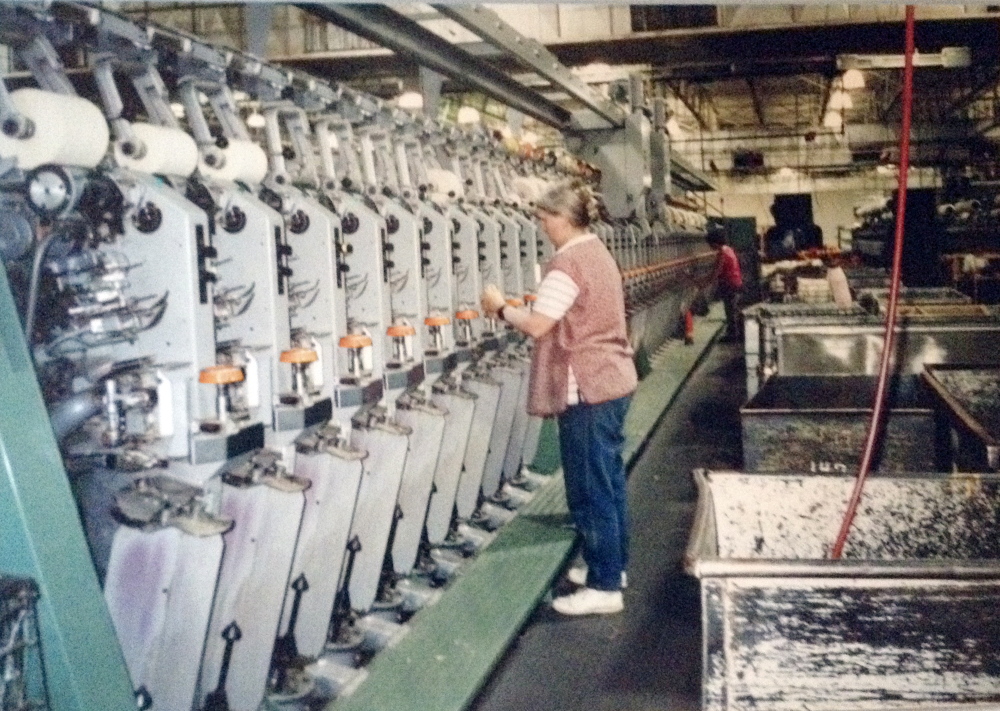
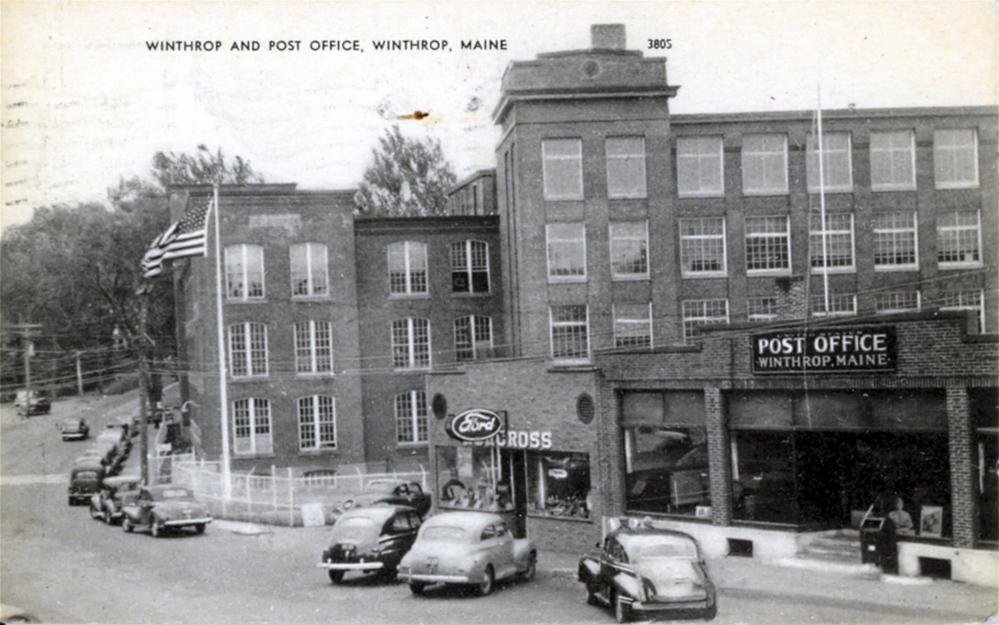
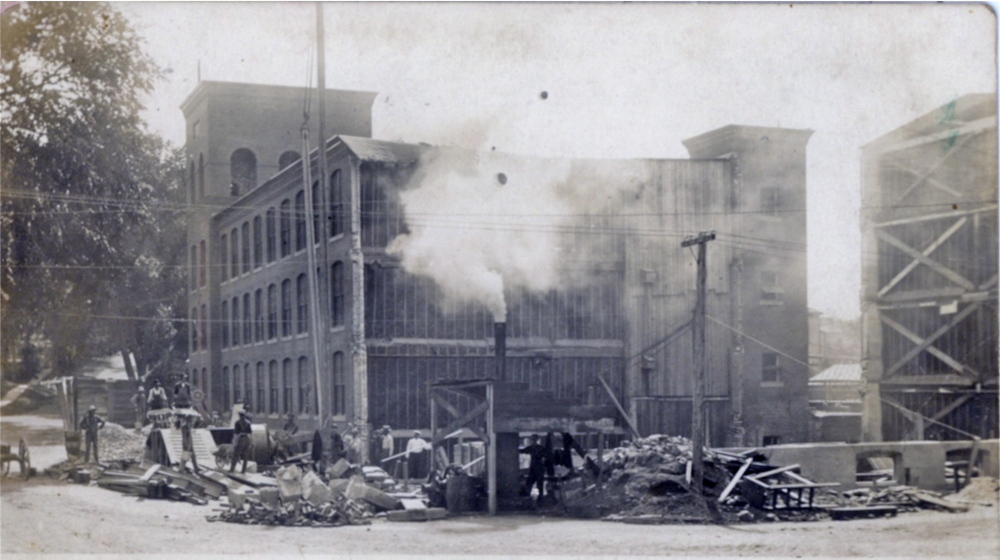
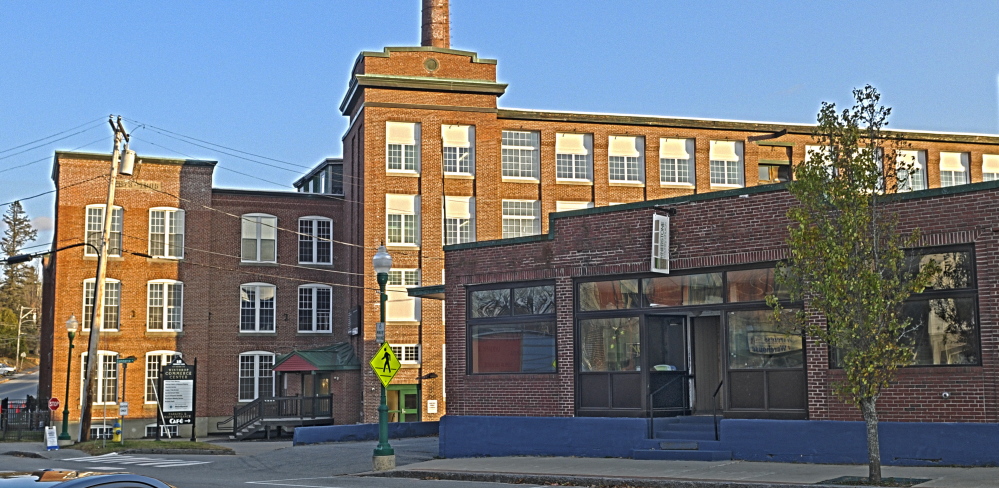
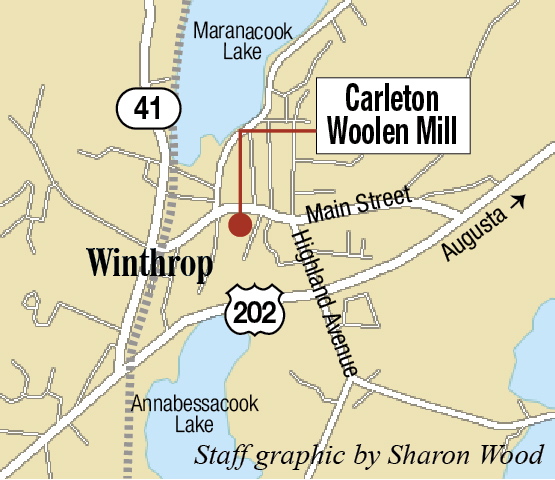

Success. Please wait for the page to reload. If the page does not reload within 5 seconds, please refresh the page.
Enter your email and password to access comments.
Hi, to comment on stories you must . This profile is in addition to your subscription and website login.
Already have a commenting profile? .
Invalid username/password.
Please check your email to confirm and complete your registration.
Only subscribers are eligible to post comments. Please subscribe or login first for digital access. Here’s why.
Use the form below to reset your password. When you've submitted your account email, we will send an email with a reset code.